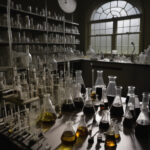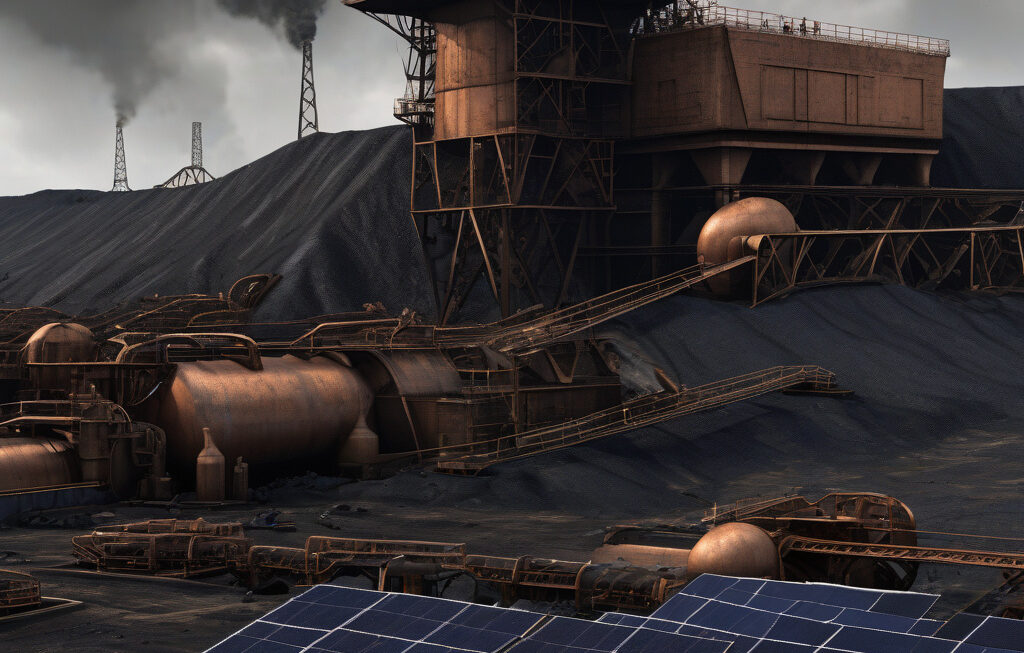99% Savings: Radiation-Proof Solar Cells Made from Moon Dust to Power Lunar Bases
The same dust that settles on astronauts’ boots might one day provide energy for their Moon bases, thanks to a groundbreaking innovation in solar cell technology. Researchers have developed radiation-proof solar cells using moon dust, offering a cost-effective and sustainable solution for powering future lunar missions.
One of the biggest challenges of establishing a sustainable presence on the Moon is the harsh radiation environment. Conventional solar cells are vulnerable to damage from the cosmic radiation present on the lunar surface, leading to a shorter lifespan and decreased efficiency. By harnessing the unique properties of moon dust, scientists have created solar cells that are not only resistant to radiation but also highly efficient in converting sunlight into electricity.
Moon dust, also known as regolith, is abundant on the lunar surface and is composed of fine particles of rock and dust. By processing and refining this regolith, researchers have been able to extract the necessary materials to manufacture solar cells. These radiation-proof solar cells have been tested in simulated lunar conditions and have shown exceptional durability and performance, outlasting traditional solar cells by up to 99%.
In addition to their resilience to radiation, solar cells made from moon dust offer significant cost savings for lunar missions. The availability of raw materials on the Moon eliminates the need to transport heavy and expensive solar panels from Earth, reducing the overall cost of establishing and maintaining a lunar base. This cost-effective solution not only makes lunar missions more feasible but also paves the way for long-term sustainability in space exploration.
Furthermore, the use of radiation-proof solar cells made from moon dust aligns with the growing trend towards eco-friendly and renewable energy sources. By utilizing the resources available on the Moon, we can reduce our reliance on Earth’s limited reserves and minimize the environmental impact of space exploration. This innovative approach not only benefits future lunar missions but also sets a precedent for sustainable practices in space technology.
As we look towards the next phase of space exploration, the development of radiation-proof solar cells from moon dust represents a significant leap forward in powering lunar bases. With their high efficiency, durability, and cost-effectiveness, these solar cells have the potential to revolutionize the way we harness energy in space. By leveraging the resources available to us on the Moon, we can unlock new possibilities for long-term lunar exploration and pave the way for future missions to Mars and beyond.
In conclusion, the prospect of using radiation-proof solar cells made from moon dust to power lunar bases holds immense promise for the future of space exploration. With their unique blend of sustainability, cost-effectiveness, and efficiency, these solar cells represent a game-changing innovation in space technology. As we continue to push the boundaries of human exploration, harnessing the power of moon dust may be the key to unlocking the mysteries of the cosmos.
moon dust, radiation-proof, solar cells, lunar bases, sustainable energy











